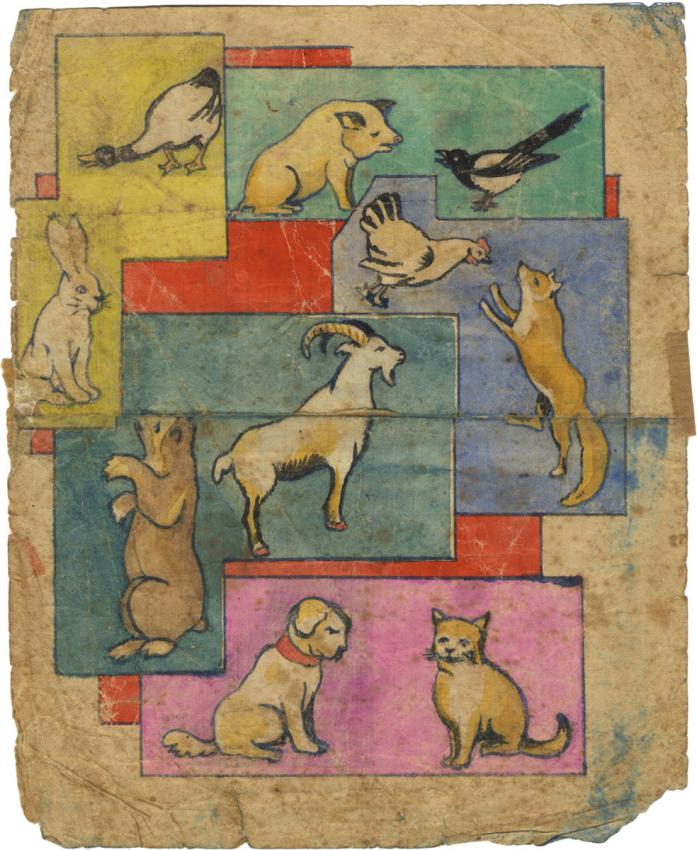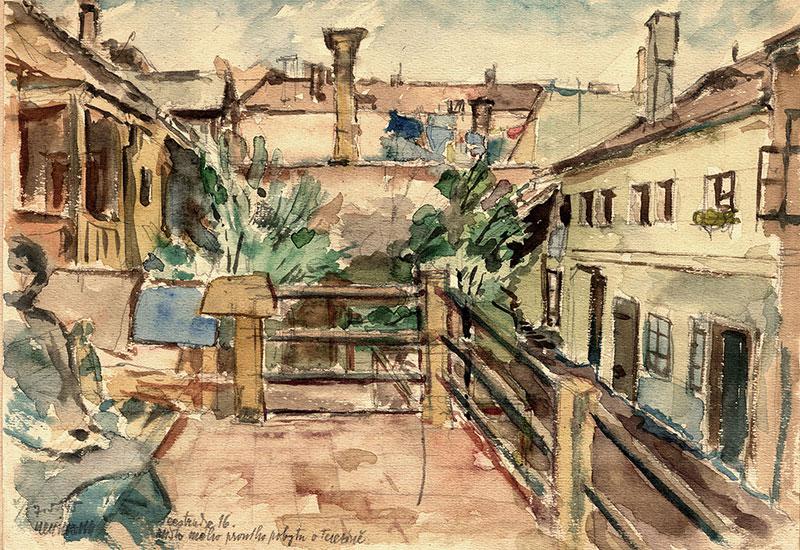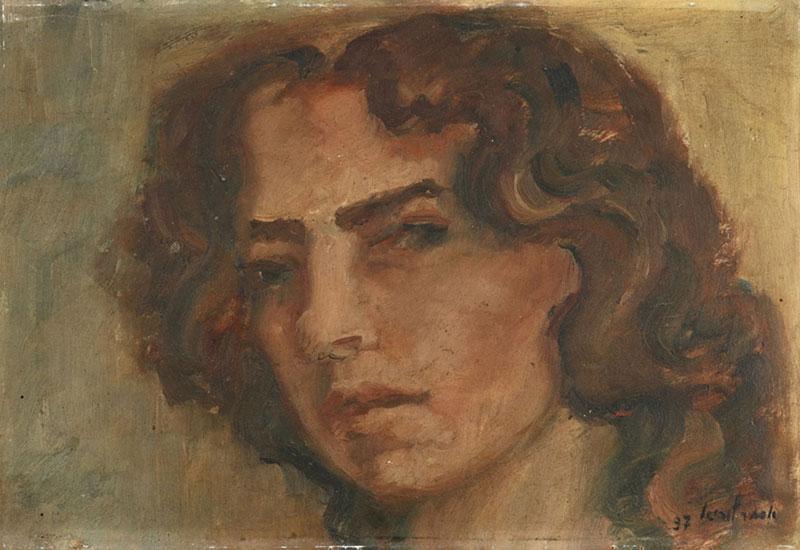With more than 14,000 works, the Yad Vashem Art Collection is the most comprehensive collection of Holocaust art in the world. The Collection is composed of three main sections: the first consists of works produced prior to World War II and commemorates artists murdered in the Holocaust; the second comprises works from the Holocaust period, created by artists persecuted by the Nazis and their collaborators from the rise of the Nazi regime until the liberation of the camps; the third is dedicated to artwork created after the Holocaust by survivors, witnesses to the events of the period, or by other artists who felt compelled to give visual expression to this subject.
The core of the Collection, over 6,000 items, consists of works created as events were unfolding, many of which were gathered immediately after the war. Already at that point in time, the need to conserve the works of art was perceived and their documentary and educational value understood. After Yad Vashem’s establishment in 1953, works of art started to be deposited there and were initially preserved in the Archives. Gradually, the necessity to handle the collection in accordance with the appropriate methodology and standards of curatorship and conservation, led to the establishment of the Museum Department in 1962 and the building of the Art Museum, planned by Aryeh Elhanani, in 1982.
As part of our mission to research, collect and preserve art from the Holocaust period for future generations, we are constantly trying to enhance our collection with new pieces. If you are in possession of artworks created between 1933 and 1945, or by artists who were murdered during the Holocaust, and you wish to preserve them for posterity at Yad Vashem, please contact us.









